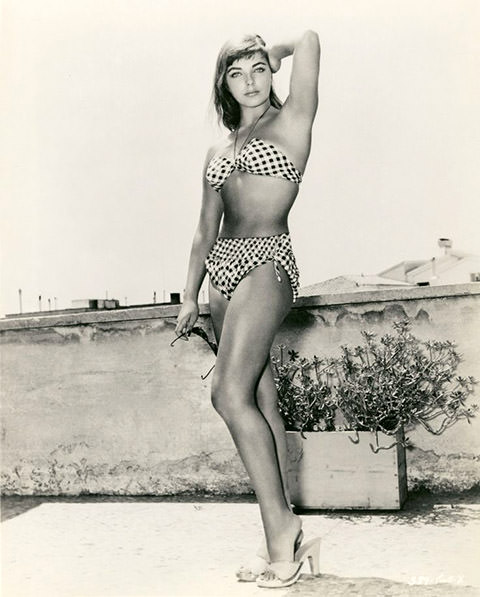When Louis Réard introduced the world’s first modern bikini in 1946, he didn’t just unveil a swimsuit he detonated a cultural bomb. Designed in the shadow of World War II and named after a nuclear testing site, the bikini was more than fabric and skin. It was a daring symbol of post-war liberation, female empowerment, and scandal all rolled into one.
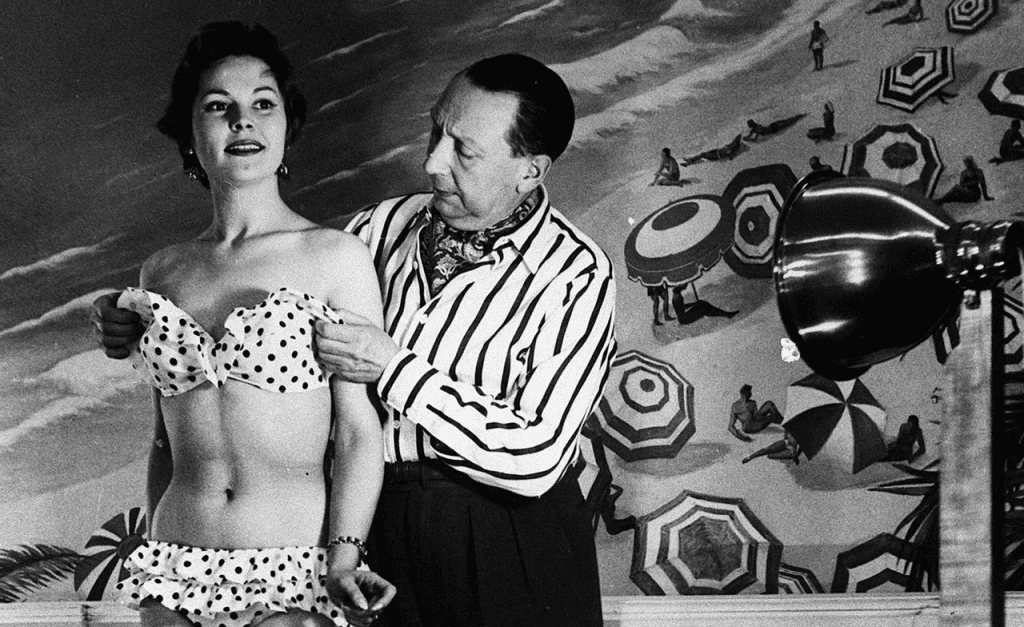
Born in a Time of Change
In 1946, Europe was still recovering from the horrors of World War II. Societies were slowly piecing themselves back together, and with that came a deep hunger for fun, fashion, and freedom. The French Riviera was coming back to life, and beaches once again filled with sunseekers. Against this backdrop, Louis Réard, a Parisian mechanical engineer turned fashion designer, saw an opportunity to challenge fashion norms.

Women’s swimsuits at the time were modest. They covered the midriff, had skirts or shorts, and avoided anything too revealing. But Réard had a different idea. He believed a woman should be able to show more and feel more liberated.
Video:
The history of the bikini | Fashion
A Swimsuit Like No Other
Réard’s new design consisted of just two small pieces of fabric: one to cover the bust and another for the hips. But what truly shocked the world was that the bikini boldly revealed the woman’s navel. This was unprecedented and, for many, downright scandalous.
No professional model would wear it. So Réard turned to Micheline Bernardini, a nude dancer from the Casino de Paris, who had no hesitation in stepping into the spotlight wearing the now-famous two-piece at a Parisian poolside fashion show.
The public’s reaction? Explosive.
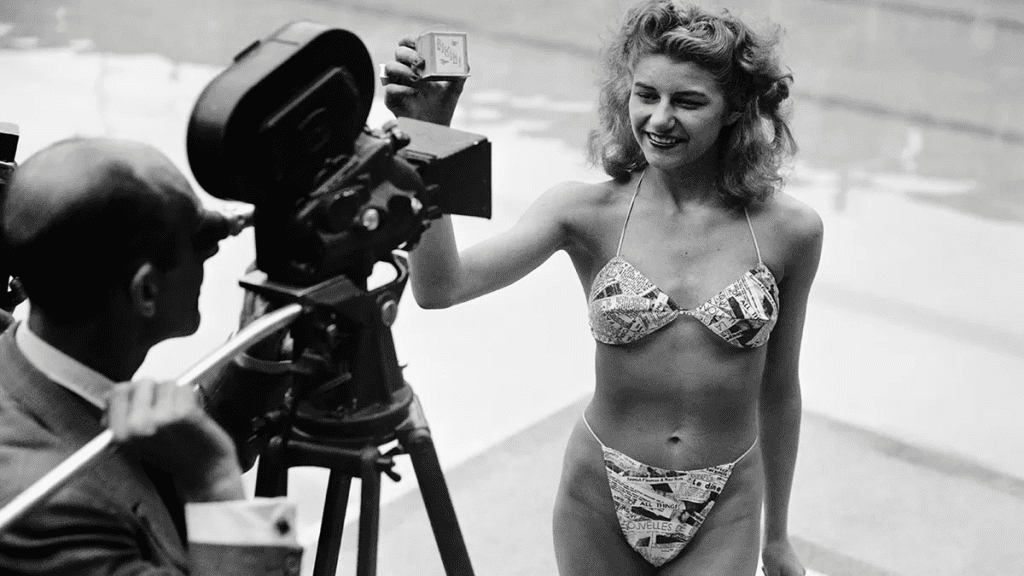
Why “Bikini”? A Name with Power
Réard deliberately named his design after Bikini Atoll, a remote island in the Pacific where the United States had just conducted nuclear bomb tests. He believed his swimsuit would have a similar world-shaking effect and he wasn’t wrong.
The name alone linked his creation to the most powerful force known at the time. It was a clever, provocative move that positioned the bikini not just as a garment, but as a cultural eruption.
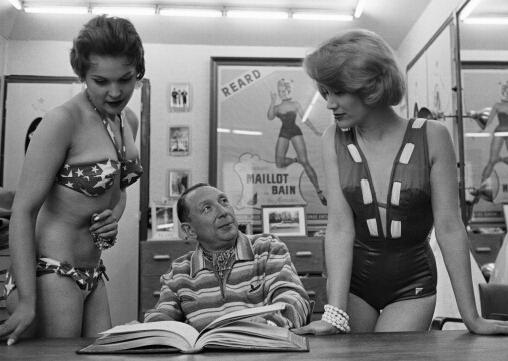
Backlash and Bans
Unsurprisingly, the bikini faced serious backlash. Religious groups, conservative leaders, and even governments labeled it indecent. It was banned on beaches across Spain, Italy, and even parts of France. Hollywood stars were discouraged from wearing it, and Miss World contestants were forbidden from donning the scandalous design.
But controversy couldn’t kill it. The bikini had been seen, and it couldn’t be unseen.
Video:
The Bikini: Where did it come from? | Stuff of Genius
A Symbol of Rebellion and Freedom
As decades passed, the bikini transformed from taboo to trend. In the 1950s and ’60s, stars like Brigitte Bardot and Ursula Andress helped normalize the bikini through films and paparazzi photos. What was once forbidden became iconic.
It became more than swimwear. It became a statement. For many women, wearing a bikini wasn’t just about sunbathing it was about feeling confident in their skin, reclaiming their bodies, and rejecting outdated expectations.
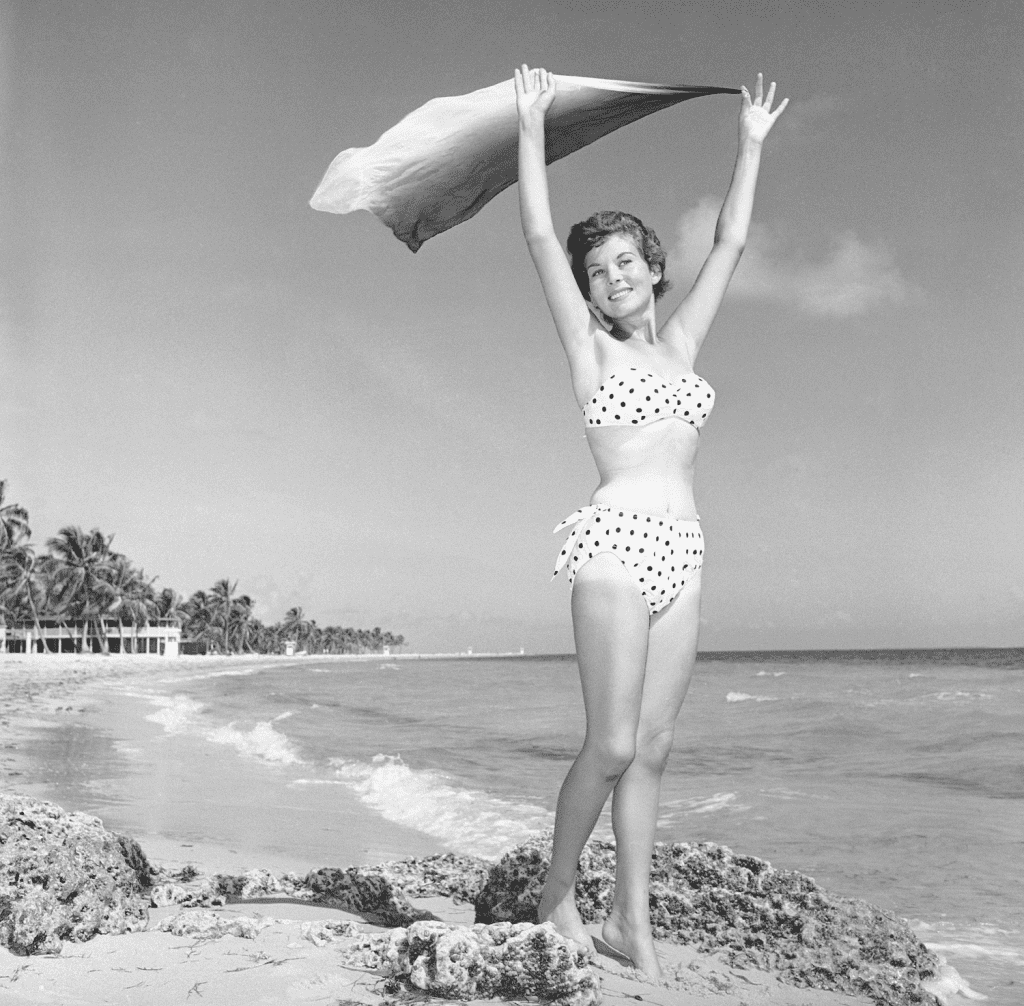
The Bikini’s Lasting Impact
Today, bikinis come in endless styles and materials. They’re worn by all body types and ages. Fashion houses design luxury versions, while department stores stock shelves with affordable options. But every bikini, no matter how flashy or functional, owes its existence to Louis Réard’s rebellious 1946 design.
It’s easy to forget how radical it once was to show a belly button. But that tiny strip of skin represented something much bigger social progress, body autonomy, and the unstoppable evolution of women’s fashion.
